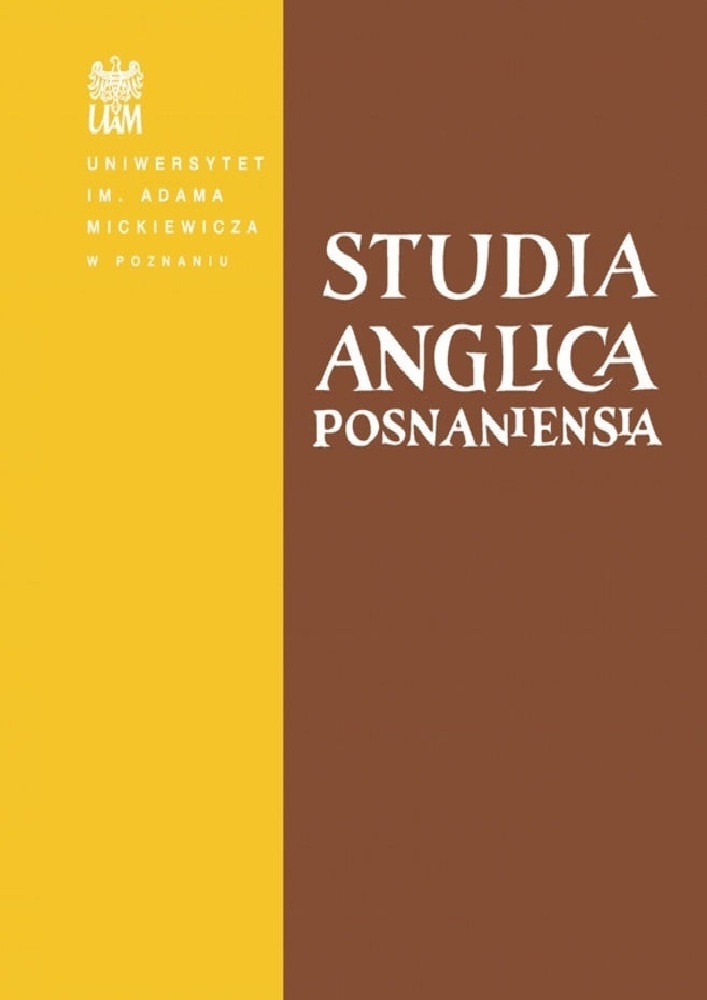Abstract
Definitions in learners’ dictionaries are usually written within a limited defining vocabulary (DV), that is, a set of lexical units specified prior to defining. Some researchers claim that this approach to vocabulary control may lead to definitions being syntactically complex, convoluted, and wordy. This paper aims to examine whether the introduction of a limited DV in OALD5 made its definitions more difficult to read for learners as compared to the definitions in OALD4, which were written with no explicit restrictions on the definition vocabulary. The study examines a selection of construction patterns that are potentially difficult for less advanced learners, using quantitative and qualitative methods. The examination shows that the introduction of the limited DV had no effect on most parameters studied. However, it led to significant increases in the length of definitions and the number of nominal constructions with a postmodifying past participle (e.g., performance given, spice ground, phrase used).
References
[LDOCE-1] Procter, Paul (ed.). (1978). Longman dictionary of contemporary English (1st edn.). Longman.
[LDOCE-2] Summers, Della & Michael Rundell (eds). 1987. Longman dictionary of contemporary English (2nd edn). Longman.
[Third New International] Gove, Philip B. (ed.). 1961. Webster’s third new international dictionary of the English language unabridged. G. & C. Merriam.
[NMED] West, Michael & James G. Endicott (eds.). 1956 [1935]. The new method English dictionary. Longmans, Green.
[OALD-1] Hornby, Albert S., Edward V. Gatenby & Harold Wakefield (eds.). 1948. A learner’s dictionary of current English (1st edn). Oxford University Press.
[OALD-4] Cowie, Anthony P. (ed.). 1989. Oxford advanced learner’s dictionary of current English (4th edn). Oxford University Press.
[OALD-5] Crowther, Jonathan (ed.). 1995. Oxford advanced learner’s dictionary of current English (5th edn). Oxford University Press.
Amadi, Scholastica C. 2018. Learning the English passive voice: Difficulties, learning strategies of Igbo ESL learners and pedagogical implications. International Journal of English and Literature 9.5. 50–62. DOI: 10.5897/IJEL2018.1146
Anthony, Laurence. 2012. AntWordProfiler (Version 1.4.0). https://www.laurenceanthony.net/ (1 October, 2019).
Benson, Robert W. 1985. The end of legalese: The game is over. N.Y.U. Review of Law and Social Change 13.3. 519–573.
Bormuth, John R. 1966. Readability: A new approach. Reading Research Quarterly 1.3. 79–132. DOI: 10.2307/747021
Browne, Charles, Brent Culligan & Joseph Phillips. New General Service List. https://www.newgeneralservicelist.org/ (10 October, 2019).
Carter, Ronald. 2012. Vocabulary. Applied linguistic perspectives (2nd edn). Routledge.
Coleman, Edmund B. 1962. Improving comprehensibility by shortening sentences. Journal of Applied Psychology 46.2. 131–134. DOI: 10.1037/h0039740
Coleman, Edmund B. 1964. The comprehensibility of several grammatical transformations. Journal of Applied Psychology 48.3. 186–190. DOI: 10.1037/h0040440
Coleman, Edmund B. & J. P. Blumenfeld. 1963. Cloze scores of nominalizations and their grammatical transformations using active verbs. Psychological Reports 13.3. 651–654. DOI: 10.2466/pr0.1963.13.3.651
Dąbrowska, Ewa & James Street. 2006. Individual differences in language attainment: Comprehension of passive sentences by native and non-native English speakers. Language Sciences 28.6. 604–615. DOI: 10.1016/j.langsci.2005.11.014
Dziemianko, Anna & Robert Lew. 2006. Research into dictionary use by Polish learners of English: Some methodological considerations. In Katarzyna Dziubalska-Kołaczyk (ed.), IFAtuation: A life in IFA. A festschrift for Professor Jacek Fisiak on the occasion of his 70th birthday. 211–233. Wydawnictwo Naukowe UAM.
Fagan, William T. 1971. Transformations and comprehension. The Reading Teacher 25.2. 169–172.
Ferreira, Fernanda. 2003. The misinterpretation of noncanonical sentences. Cognitive Psychology 47.2. 164–203. DOI: 10.1016/S0010-0285(03)00005-7
Flood, W. E. & Michael West. 1953. Supplementary scientific and technical vocabulary. In Michael West (ed.), A general service list of English words with semantic frequencies and a supplementary word-list for the writing of popular science and technology, 583–588. Longmans.
Fontenelle, Thierry. 2009. Linguistic research and learners’ dictionaries: The Longman Dictionary of Contemporary English. In Anthony P. Cowie (ed.), Oxford history of English lexicography, Vol. 2, 412–435. Oxford University Press.
Jaggar, Philip. 1981. Some unusual lexical passives in Hausa. Unpublished M.A. thesis. University of California at Los Angeles.
Kamiński, Mariusz P. 2020. Defining with simple vocabulary. Unpublished manuscript.
Landau, Sidney I. 2009. Major American dictionaries. In Anthony P. Cowie (ed.). The Oxford history of English lexicography. Vol. 2. 182–229. Oxford University Press.
Lew, Robert. 2010. Multimodial lexicography: The representation of meaning in electronic dictionaries. Lexikos 20. 290–306.
Lew, Robert. 2013. Identifying, ordering and defining senses. In Howard Jackson (ed.), The Bloomsbury companion to lexicography, 284–302. Bloomsbury.
Li, Charles N., & Rainier Lang. 1979. The syntactic irrelevance of an ergative case in Enga and other Papuan languages. In Frans Planck (ed.), Ergativity, 307–324. Academic Press.
Morton, Herbert C. 1994. The story of Webster’s Third. Philip Gove’s controversial dictionary and its critics. Cambridge University Press.
Nilagupta, Sirirat. 1977. The relationship of syntax to readibility for ESL students in Thailand. Journal of Reading 20.7. 585–594.
Nurss, Joanne R. 1966. Children’s reading: Syntactic structure and comprehension difficulty. Unpublished Ph.D. dissertation, Columbia University.
Obi-Okoye, A. F. 2008. Contrastive and error analyses for the TESL teacher/student. In A. F. Obi-Okoye (ed.), An introduction to applied English linguistics: From theory to practice. 164–208. Freabag Investment.
Parrott, Martin. 2000. Grammar for English language teachers (2nd edn). Cambridge University Press.
Pym, Peter J. 1990. Pre-editing and the use of simplified writing for MT: An engineer’s experience of operating an MT system. In Pamela Mayorcas (ed.), Translating and the computer 10: The translation environment 10 years on. 80–95. Aslib.
Quirk, Randolph, Sidney Greenbaum, Geoffrey Leech & Jan Svartvik. 1972. A grammar of contemporary English. Longman.
R Development Core Team. 2013. R: A language and environment for statistical computing. R Foundation for Statistical Computing.
Rundell, Michael. 2006. Learner’s dictionaries. In Keith Brown, Anne Anderson, Laurie Bauer, Margie Berns, Jim Miller & Graeme Hirst (eds), Encyclopedia of language and linguistics (2nd edn). 739–743. Elsevier.
Schmid, Helmut. 1995. Improvements in part-of-speech tagging with an application to German. Proceedings of the ACL SIGDAT-Workshop.
Stein, Gabriele. 1979. The best of British and American lexicography. Dictionaries 1. 1–23. DOI: 10.1353/dic.1979.0004
West, Michael. 1935. Definition vocabulary. University of Toronto Press.
Whitcut, Janet. 1988. Lexicography in simple language. International Journal of Lexicography 1.1. 49–55. DOI: 10.1093/ijl/1.1.49
Xu, Hai. 2012. A critique of the controlled defining vocabulary in Longman Dictionary of Contemporary English. Lexikos 22. 367–381.
